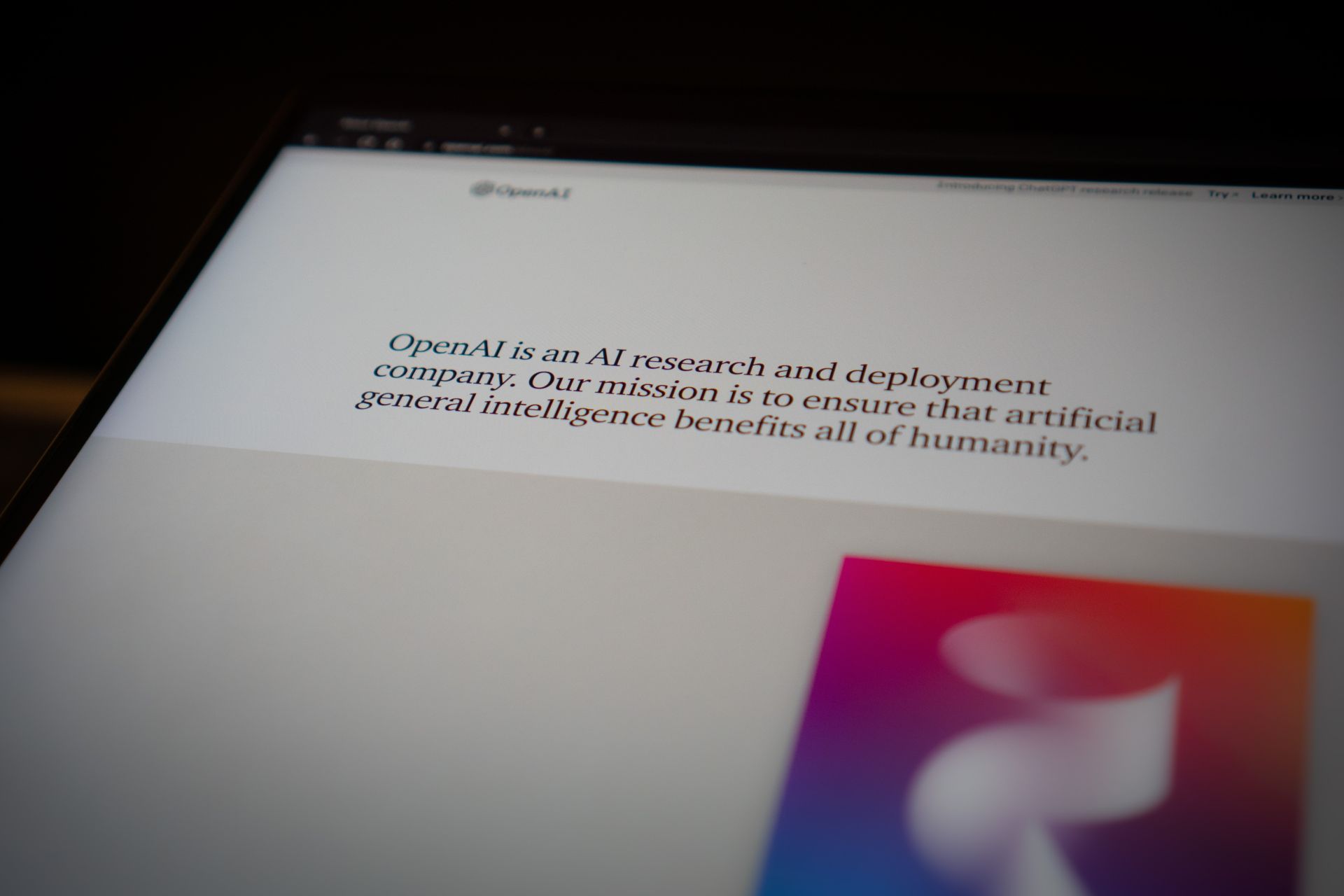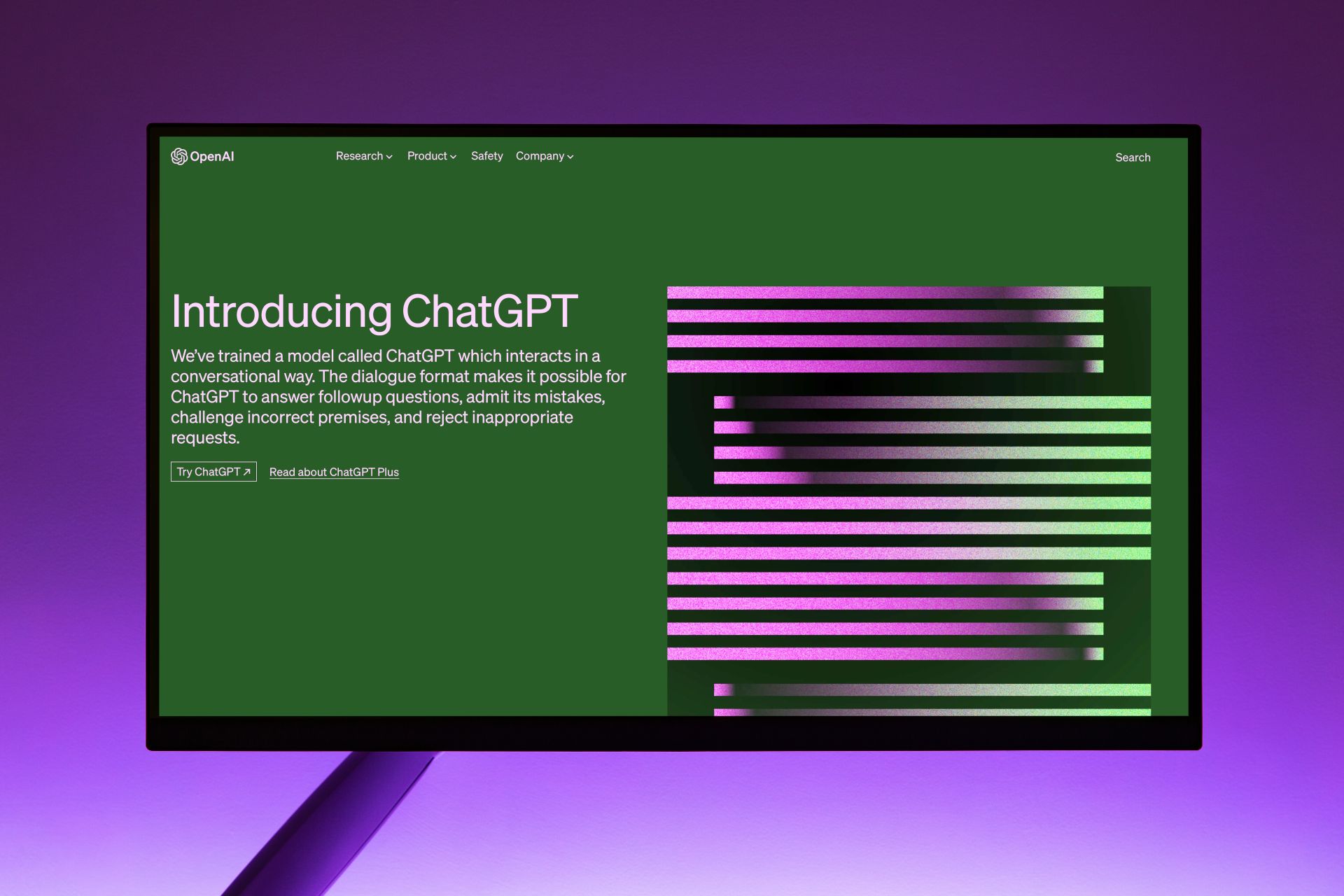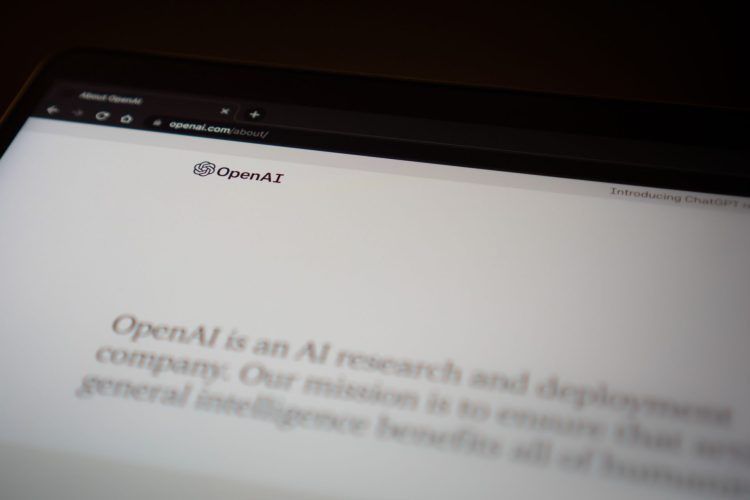OpenAI Q-Star has become the epicenter of a controversy leading to the temporary departure of CEO Sam Altman. A recent report from Reuters unveiled a crucial letter penned by a group of OpenAI researchers to the board of directors. The letter expressed serious concerns about potential risks linked to the Q-Star project. This revelation set off a chain of events, ultimately prompting the board to remove Altman from his role.
Microsoft’s CEO, Satya Nadella, suggested that the recently ousted CEO of OpenAI, Sam Altman, could be making a comeback to the company. During conversations with CNBC and Bloomberg TV, Nadella floated the possibility, even as Altman had recently announced a new role in Microsoft’s AI research team. Ultimately, OpenAI surprised the tech community by confirming Altman’s return to the company, and appointing him as CEO with a restructured board. This surprising development adds another layer to the unfolding saga of OpenAI Q-Star.

OpenAI Q-Star project is behind the secret letter and Altman’s exit
The undisclosed letter, a key factor in Altman’s departure, raised red flags about the impact of Q-Star on humanity. This, combined with worries about rushing AI advancements to market, led the board to make the significant decision to let Altman go. With over 700 employees teetering on the edge of resignation and considering a shift to Microsoft in support of Altman, the lack of access to the letter for review and the silence of its authors deepened the mystery.
JUST IN: Sam Altman's firing was driven by OpenAI's secret breakthrough AI named Q* (possibly Q-learning).
Plus, huge developments in AI today from Inflection AI, Google Bard, Neuralink, ElevenLabs, screenshot-to-code, and 9 new AI tools.
Here's EVERYTHING you need to know:
— Rowan Cheung (@rowancheung) November 23, 2023
What exactly is OpenAI Q-Star?
In response to Reuters’ inquiries, OpenAI internally acknowledged the existence of Project Q-Star, often pronounced as “Q*.” While the company refrained from making public statements, Mira Murati, a seasoned executive at OpenAI, sent a message to staff informing them about the project and potential media coverage without giving specific details. Within OpenAI, there’s a growing belief that Q* marks a huge leap in the pursuit of artificial general intelligence (AGI).
Q-Star, armed with serious computing power, has shown it can handle specific math challenges, similar to what elementary school students can do. Although the letter didn’t spill the beans on the safety concerns, the project has sparked optimism among researchers about its potential. Tackling math tasks suggests a move toward AI with reasoning skills like human intelligence, promising a big deal for scientific research.

Altman’s legacy and OpenAI’s crossroads
Sam Altman, a big player in OpenAI’s journey, played a crucial role in making ChatGPT a massive success. Under his leadership, ChatGPT became one of the fastest-growing software apps, snagging hefty investments and resources from Microsoft—a big deal for AGI progress. Altman’s recent unveilings and hints at AGI breakthroughs showcased his dedication to pushing AI forward.
However, Altman’s abrupt exit after the Q-Star controversy has left the OpenAI community in shock. Altman’s achievements and leadership, coupled with the Q-Star uncertainty, pose a big question for OpenAI’s future. As discussions heat up on OpenAI’s dev forum, the tech world is hungry for more info about Q-Star and what it means. The OpenAI Q-Star saga marks a major moment in the AI scene, raising serious questions about finding the right balance between innovation and responsible development.
Featured image credit: Jonathan Kemper/Unsplash





